Can You Tell If A Photo Is From A $1,300 Flagship Or A $280 Budget Phone?
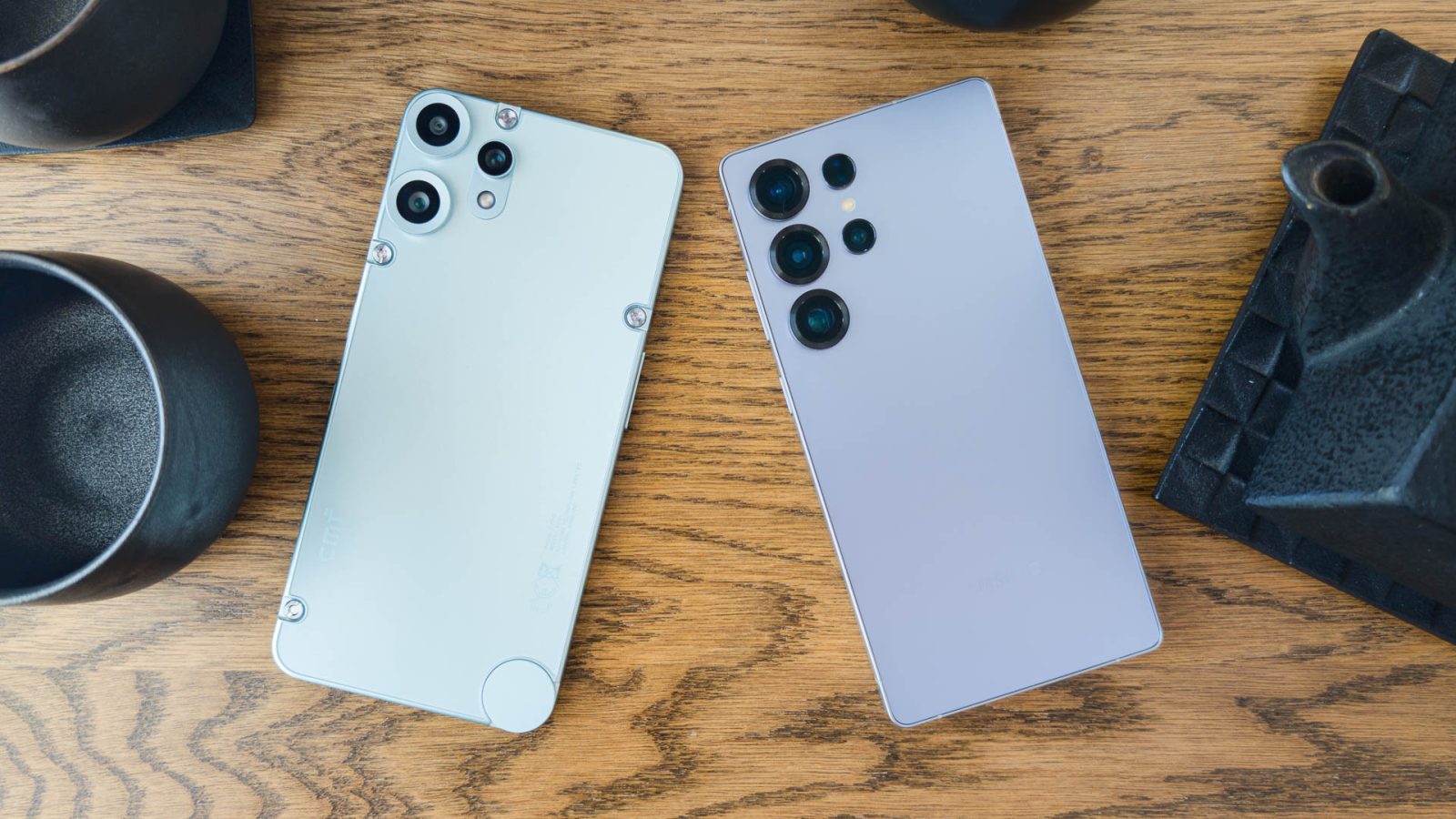
Contents

C. Scott Brown / Android Authority
With every passing year, the cameras on a smartphone become almost as important as the smartphone itself. People know that pretty much any phone can do the “phone” things they need, but not just any device can be the best camera phone on the market. As such, in the vast majority of cases, the reason you’re paying a certain price for a phone is heavily influenced by the camera hardware you’ll find there.
But really, how far does this go? Is a phone that costs $1,300 really so much better than one that costs less than $300? Is there a $1,000+ difference between the photos you’ll get on one versus the other?
I decided to test to find out. I’ve pitted two very different phones sold at very different price points against one another to see how you really feel about the flagship vs budget phone camera debate.
Flagship vs budget phone camera: Phones and methodology
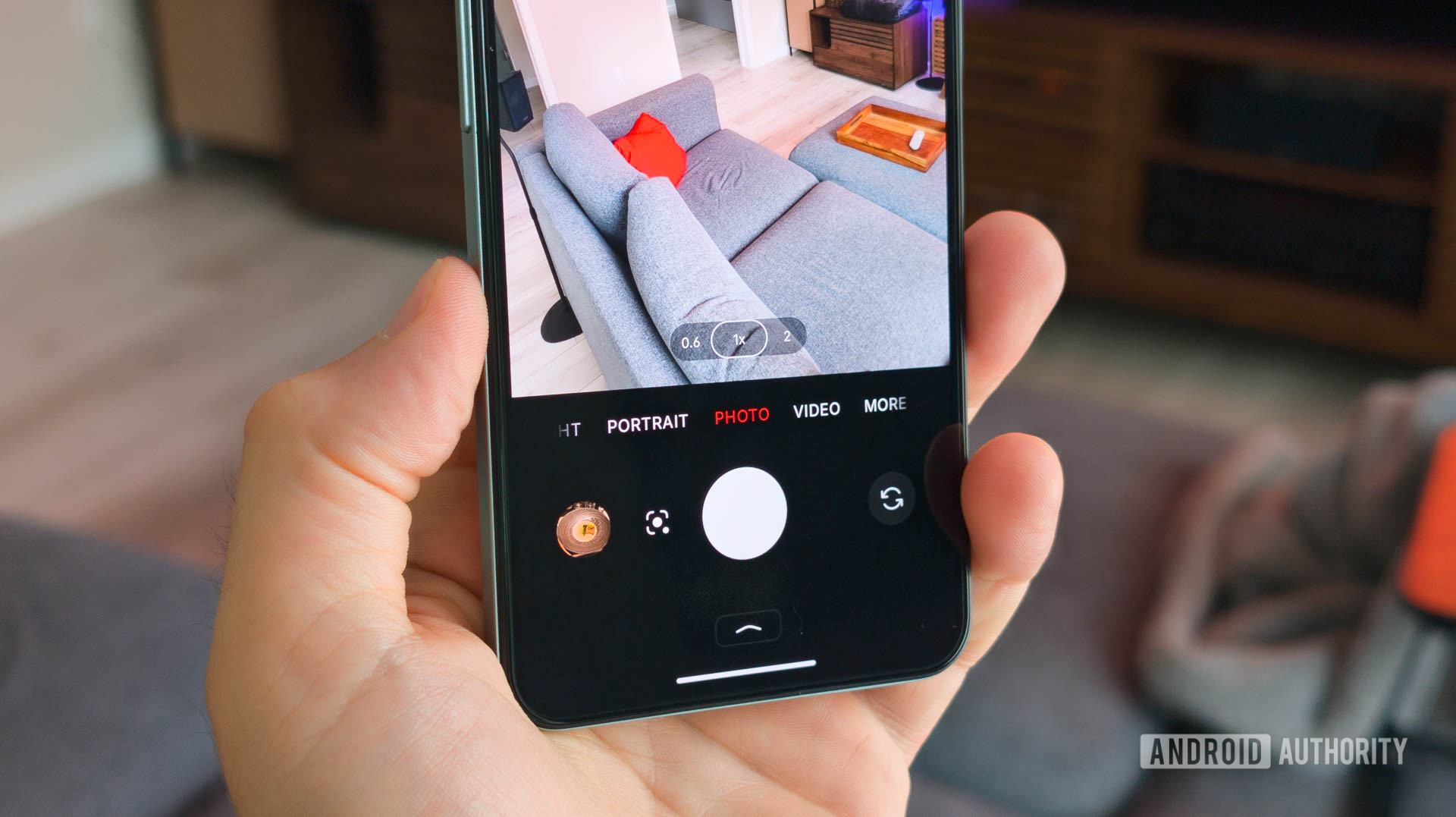
C. Scott Brown / Android Authority
The Galaxy S25 Ultra is one of the best camera phones you can currently buy. It has a massive camera system, including a 200MP primary sensor, two telephotos (a 10MP 3x optical and a 50MP 5x optical), and a 50MP ultrawide. It also has a high-end 12MP selfie camera.
Meanwhile, the CMF Phone 2 Pro has a much weaker hardware system. Its 50MP primary camera is smaller and lower resolution than the Galaxy S25 Ultra’s. Likewise, its tiny 8MP ultrawide camera can’t compare on paper, and its 16MP selfie camera is undoubtedly a cheaper bit of hardware than the one on Samsung’s flagship. Notably, though, the CMF Phone 2 Pro has a 50MP telephoto lens (2x optical), which is rarely seen on a phone this inexpensive.
For this test, I used out-of-the-box settings, no tripods, and didn’t do any re-shoots. These are as close to real-life examples as I could get!
For the tests below, I tried to make each shot match the other as closely as possible. I used out-of-the-box settings and focused on the standard features between both devices. For example, I didn’t do a macro shot test because the CMF Phone 2 Pro’s software does not support this feature. I also didn’t do much setup. I held the phones in my hand (no tripods) and captured each photo with minimal tweaking. I didn’t do any reshoots, either — the first photo from each setup is the one I went with. I feel this best reflects real-world usage.
In each section, the two photos are unlabeled and in a different order. As you scroll through, pick which photo in each pair you think did the better job. When you get to the end of the article, I’ll tell you which phone produced each photo, and you can see which phone you really prefer.
One final note: all the photos here are compressed for site loading speed. If you want to see them in an uncompressed state, check out this Drive folder. Just don’t use that to cheat!
1x in daylight
This is the most basic shot imaginable. The sun was behind me, and I just took a quick snap of the park using the primary lens. Note how different these are in terms of exposure. The Camera 2 shot also has much more pronounced grass coloring, and shadows are much less distinct. This is especially apparent in the park bench behind the tree at the lower left. The gazebo (lower right) also has a weird blue tinge in the Camera 2 shot that isn’t apparent in real life, nor in the Camera 1 photo.
1x texture closeup
This isn’t a macro shot, but it gives an idea of how each camera captures smaller details. Camera 2 did a much better job of stabilizing the image, reducing the blur you see around the lettering in the Camera 1 image. However, the Camera 2 image has some weird artifacts around the wood grain, which are not apparent in the Camera 1 image.
Portrait mode
This session produced the most significant difference between the two cameras. The coloring of Camera 1 looks very washed out, but the artificial bokeh seems pretty realistic. Meanwhile, the Camera 2 image has some nice coloring on the flowers, but the bokeh is flat-out terrible. I almost canned both of these and did a re-shoot, but I decided to stick to my rule and not do that.
Standard selfie
Ultimately, it’s all about the details with this selfie example. Camera 1 shows a lot more skin details than Camera 2. But Camera 1 also pushed the colors of the plants in the background way too much. Still, the bright sunlight on my face was handled much better with Camera 1 than the washed-out, off-coloring produced with Camera 2.
Portrait mode selfie
Camera 1 did a pretty good job here, especially with the bokeh on the right side of my face. You can see the bokeh having some trouble around my hair in the upper left, but it still looks pretty good. Meanwhile, Camera 2’s bokeh just looks like grain in the background, with no blurry softness that you would expect from a shot like this. The area around my hair in the upper left is also bizarre — it looks like it was just cropped out using Photoshop or something.
1x showing color
We’re starting to see some trends here. The Camera 1 image has some extremely pushed colors from its HDR effect, with shadows basically being non-existent. Look at the difference in shadowing on the slide — it’s like the photos were taken at two different times of day (they weren’t). The sky does look a lot better in the Camera 1 shot, though, at least in my opinion.
2x in daylight
This was a tough call to make because the two phones don’t have the same zoom capabilities. The CMF Phone 2 Pro has a 2x optical zoom while the Galaxy S25 Ultra uses digital cropping for 2x shots. I could have pushed the CMF Phone 2 Pro to 3x — which would have had it using a digital crop — and seen the Galaxy S25 Ultra’s optical image, but I figured I should give this one to the CMF Phone 2 Pro since it’s the budget phone. Anyway, one of these shots is 2x optical and the other is 2x digital — can you tell which is which?
10x in daylight
This one is the opposite of the last one, with the Galaxy S25 Ultra having a distinct advantage since it uses a 5x optical zoom lens to create a 10x digital crop, while the CMF Phone 2 Pro creates a 10x digital crop based on a 2x lens. As such, this should be the easiest one to suss out of the whole bunch.
HDR example in direct sunlight
It’s not in the shot, but the sun is directly above the gazebo, shining brightly over the California town of Novato. This would be a difficult shot for any phone camera, because all that sunlight can make it tough for even the best sensor to balance exposure correctly. There are some distinct, obvious differences between these two shots, but it is pretty incredible that the CMF Phone 2 Pro didn’t buckle under the pressure. Which one do you think looks best?
0.6x in daylight
The most glaring difference between these two photos is that one has real-life colors and the other looks like Technicolor-levels of coloring. However, looking at the grass on both sides of the Camera 1 image, you’ll also see some blurry artifacts there. The tree half in the frame on the left side is particularly poor in the Camera 1 shot, too. Which one of these comes from the $1,300 camera?
Night mode
Like the Portrait mode example, one of the cameras flat-out failed this test. This room was pretty dark — not blackout dark, but light was scarce. My attempt to get Camera 1 to focus on anything was impossible, but Camera 2 also faced focus issues. I think both photos are poor, but one is obviously better than the other — but which phone made them?
Flagship vs budget phone camera: The answers
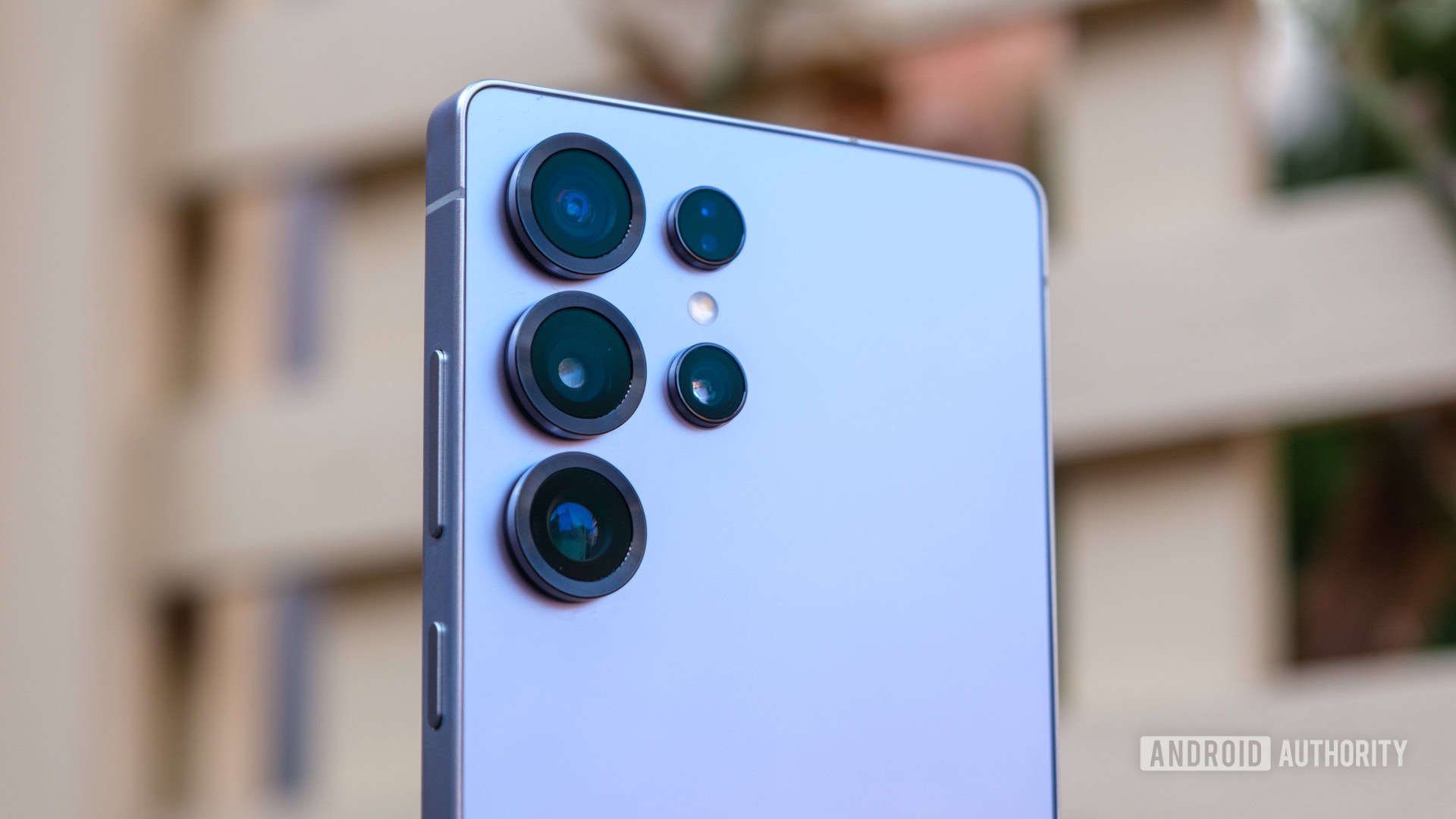
Ryan Haines / Android Authority
OK, I hope you have your scorecard ready, because you’re about to spoil the answers for yourself if you don’t. Here are the cameras that shot each of the photos above:
- 1x in daylight: Camera 1 is Galaxy S25 Ultra; Camera 2 is Phone 2 Pro
- 1x texture closeup: Camera 1 is Phone 2 Pro; Camera 2 is Galaxy S25 Ultra
- Portrait mode: Camera 1 is Phone 2 Pro; Camera 2 is Galaxy S25 Ultra
- Standard selfie: Camera 1 is Galaxy S25 Ultra; Camera 2 is Phone 2 Pro
- Portrait mode selfie: Camera 1 is Galaxy S25 Ultra; Camera 2 is Phone 2 Pro
- 1x showing color: Camera 1 is Phone 2 Pro; Camera 2 is Galaxy S25 Ultra
- 2x in daylight: Camera 1 is Galaxy S25 Ultra; Camera 2 is Phone 2 Pro
- 10x in daylight: Camera 1 is Phone 2 Pro; Camera 2 is Galaxy S25 Ultra
- HDR example in direct sunlight: Camera 1 is Phone 2 Pro; Camera 2 is Galaxy S25 Ultra
- 0.6x in daylight: Camera 1 is Galaxy S25 Ultra; Camera 2 is Phone 2 Pro
- Night mode: Camera 1 is Phone 2 Pro; Camera 2 is Galaxy S25 Ultra
If you sum up all the best photos — and by “best,” I mean the ones that are objectively superior in quality, coloring, focus, etc. — the Galaxy S25 Ultra is the clear winner on my scorecard. However, that wasn’t the case 100% of the time. The Galaxy S25 Ultra’s portrait mode fail was especially egregious. Yes, I could have stood there and re-focused the shot and tried to improve it, but the fact that I had to do that with a $1,300 phone and not a $280 phone is pretty ridiculous.
Galaxy S25 Ultra vs CMF Phone 2 Pro: Who won?
21 votes
What’s also remarkable to me is that the CMF Phone 2 Pro clearly can’t match the Galaxy S25 Ultra, but it still holds its own reasonably well. Yes, it failed the night mode shot dismally, and I wouldn’t use the ultrawide camera for anything ever, but everything else was more than fine. Just look at the HDR example shot. Yes, the Galaxy S25 Ultra’s photo is better, but is it $1,000 better? I don’t think so.
In other words, the Galaxy S25 Ultra wins, but the CMF Phone 2 Pro proves that you don’t need to spend over $1,000 to get a camera that can deliver adequate results, at least in good lighting.
What do you think? Were you surprised by the outcome of any of these examples? Let me know your thoughts in the comments, and be sure to choose something in the poll above!
See price at Amazon

Nothing CMF Phone 2 Pro
Amazing design and display
Cool modular features
Triple-lens camera system
What’s your reaction?
Love0
Sad0
Happy0
Sleepy0
Angry0
Dead0
Wink0
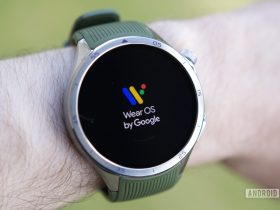
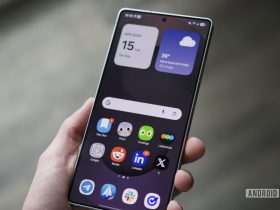
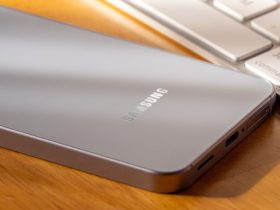


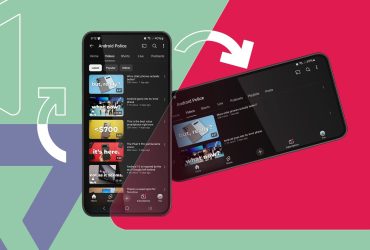

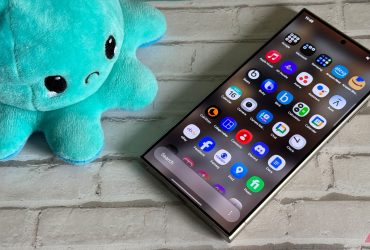
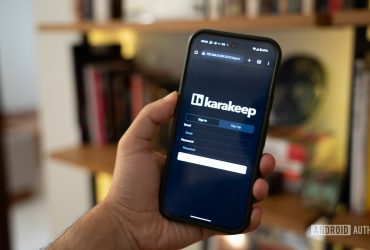
Leave a Reply
View Comments